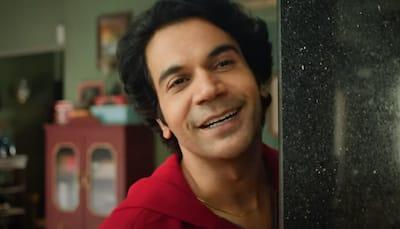
Amongst a plethora of Kathakali plays, Unnai Warrier’s four-part Nalacharitam brims with poetic intensity, theatrical subtlety and imagination. Possessed by the evil-spirit Kali, King Nala loses everything in his life, including his kingdom and is driven to the forest along with his wife Damayanthi. Kali is a major character in Nalacharitam Part II.
Acclaimedplaywright, director, poet and lyricist Kavalam Narayana Panikkar was fascinated by Kathakali actor Nelliyode Vasudevan Namboodiri, who enacted the role of Kali time and again on stage, contrary to his desire to present only noble characters.
As a person, Vasudevan was gentle. On stage as Kali, he was the embodiment of vices. Narayana was in awe of this dichotomy and penned the play Kalivesham, which speaks of the irredeemable conflict between an actor and his character.
As a theatre-director, Narayana had taken various inputs from Kerala’s traditional performing arts. Indigenous music too was integral to his directorial ventures, and Kalivesham was no exception.
It was recently staged at the T.D.M. Hall, Ernakulam, under the auspices BEAME, a cultural organisation. The protagonist of the play Gireesan V. admirably portrayed the predicament of an innocent, righteous person/actor besieged by the evil spirit, Kali. His behavior with his wife too turns bizarre. But, the very next moment, he realises this, and is filled with remorse. King Nala and Damayanthi too appear on stage and the scene progresses with Nala being possessed by Kali. Kali and his mate Dwapara, appear in the forest in the disguise of two birds, and fly away with the sole cloth worn by Nala. Similarly, Nala rescuing the serpent Karkotaka from the fire and the latter biting him was poignantly depicted. The acting techniques from Kathakali, Koodiyattam and Ottanthullal were sparingly employed.
The protagonist Gireesan V. admirably portrayed the predicament of an innocent besieged by the evil spirit
| Photo Credit:
Abhiramy
Lines from the Kathakali play Nalacharitam were sung in Sopana-style. The mizhavu beats lent rhythmic support to the movements and expressions of the actors. The thiraseela (curtain) held by the two actors formed an effective theatrical device to transcend time and space.
Published – February 04, 2025 06:36 pm IST
Friday Review










